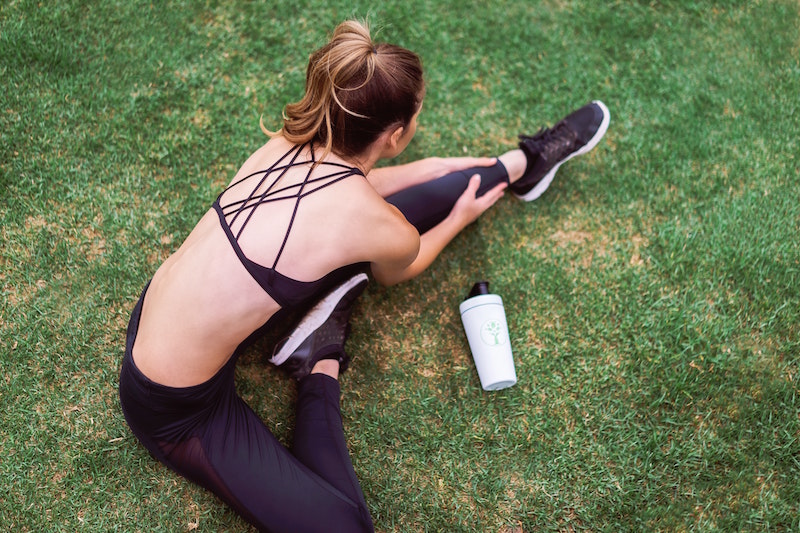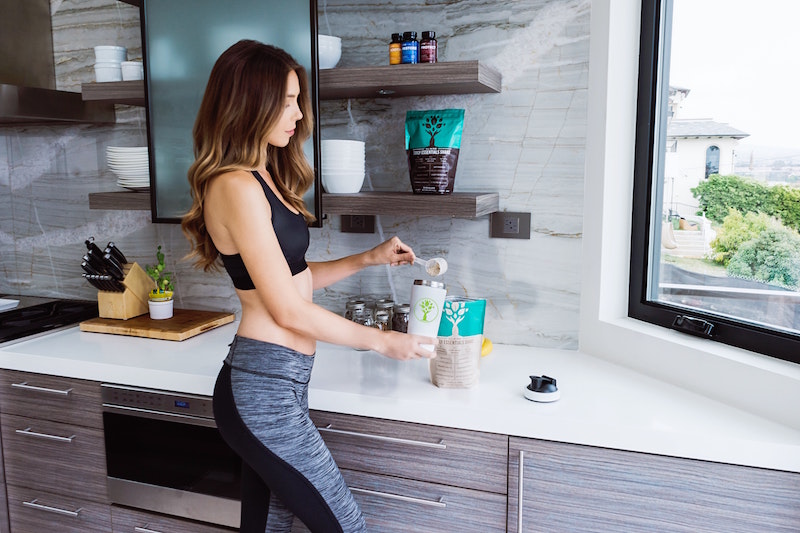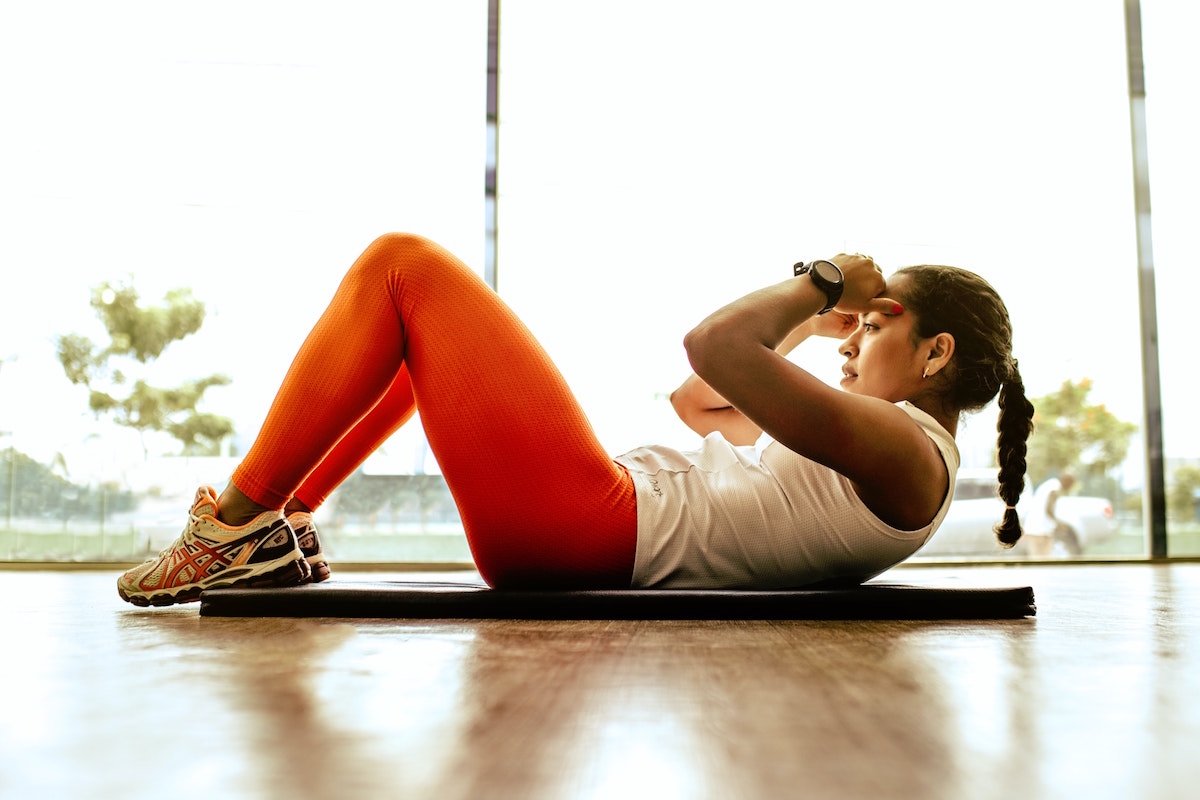Do you practice these vital post-workout steps?
It’s hard to cram in a good workout session, and often you want to get out of the gym as quick as possible so you can resume your daily tasks. But it’s important to remember when you workout, whether it be weights or cardio, your energy stores are depleted, your muscles and other tissues are broken down and your body becomes fatigued. A lack of proper recovery can lead to overtraining which can result in constant fatigue and inflammation.
These five simple steps will help reduce any injuries, improve your body’s recovery rate, and will also enable you to train harder in the future.
Cool down
If you don’t allow your body time to cool down after you’ve finished your work out, your heart rate won’t be able to cope with the quick change of pace. So make sure you do a minimum ten minutes of light exercise after your work out to ensure your heart rate will have enough time to adjust to the slower pace. This could simply include yoga poses, light jogging, or even walking. By doing a cool down, you will also help to relax your muscles which significantly reduces the risk of injury, and will help keep you from feeling dizzy or sick.

Woman stretches. Image by Lyfe Fuel via Unsplash
Roll
We’ll warn you now, this will probably hurt, but self-myofascial release is a really great post work out step as it increases blood flow. Using a foam roller, and quite simply, rolling on it, will help to work out any kinks or knots, and will help soothe fatigued muscles after a workout. This will help speed up the rehabilitation process so you can get back into exercising sooner. You can also do this same practice before a work out to help warm up your muscles.

Man Stretching. Image by Scott Broome via Unsplash.
Stretching
Stretching has to be one of the most important steps to perform after your work out. By doing so, your muscles will recover quicker and you won’t have that achy leg feel when you get out of bed the next day. It’s also important for those who have bulked up, and lost flexibility and range of motion. Be sure to focus on stretching the areas of your body that you mostly worked on during your session, and aim for around ten minutes. But be careful, working your stretch too hard and you’re likely to pull or strain something.
Rehydrate
As well as drinking water between your sets, it’s important to hydrate after your work out. Your body sweats to cool itself down, and without refilling the fluids you’ve lost during your workout, you’ll end up dehydrated. Sufficient hydration allows your body to regulate its temperature and lubricates your joints, so even if you were staying hydrated throughout your workout, be sure to consume plenty of fluid after too. An electrolyte drink or supplement can help quickly replace lost nutrients if you sweated a lot out during your workout, but is not always necessary – water will do just fine.

Woman fills protein shake. Image by Lyfe Fuel via Unsplash.
Refuel
Alongside rehydration, as soon as your workout ends, your muscles begin to crave nutrients. As exercising depletes your muscles of critical amino acids such as glutamine, valine, isoleucine and leucine, which are the building blocks of protein, it’s important to refuel. Thirty minutes to an hour post-workout is the perfect time to eat a high-protien meal, or if you’re short on time, opt for one of the most popular post-workout indulgences, the protein shake. A good dose of protein after your workout will help kick-off the muscle rebuilding process, and at least 20 grams is recommended, which can be found in most protein powders, although it can be problematic to recommend protein sizes as it will depend on each individual’s fitness goals and body size.


